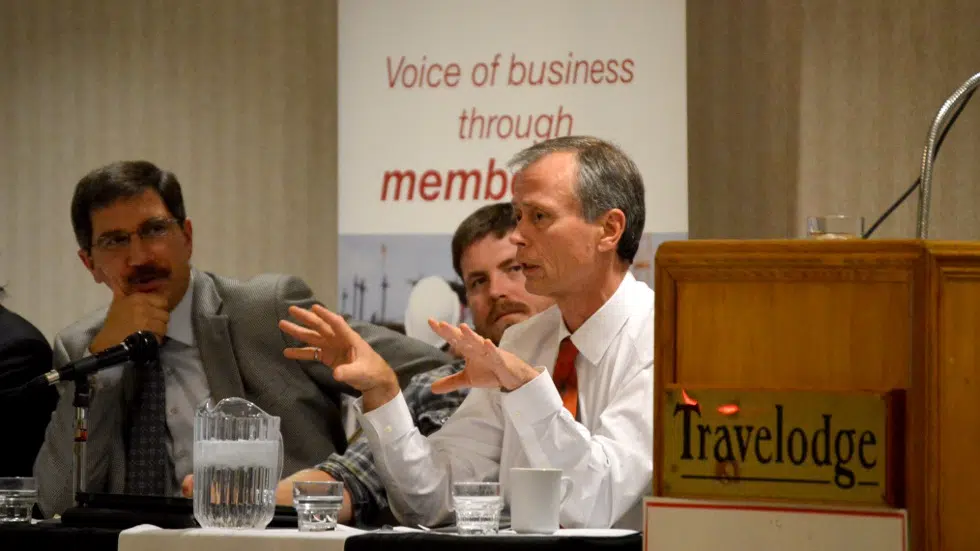
Second city bridge: Is a P3 the way to go?
It’s settled, Prince Albert is getting a second bridge. But what isn’t settled is where, when or how.
On Wednesday, the Chamber of Commerce hosted an all-day conference on the issue called, “Building Bridges for Success.”
The keynote address was done by Murray Totland, Saskatoon city manager, speaking on his experience with P3s and city infrastructure.
The public and private partnership model has allowed the building of Saskatoon’s new Civil Operations Centre, currently under construction, along with their North Commuter Parkway project.


